This summer, I have been reflecting deeply on my first two years of teaching whilst also I looking toward my next step career-wise at Michaela Community School (MCS). The experience will be very different. Whilst being at dinner with Katie Ashford, Head of Inclusion at MCS, I said something which made her raise her eyebrows. I said “Teachers really do not want to work.” This blog post will explain what I meant by that.
Essentially, teachers plan lessons, deliver lessons, mark books etc. However, we spend the majority of our time writing two-to-three page lesson plans, standing at the printer to print resources on different colour cards for differentiation, organising paperwork for performance management, writing schemes of work every summer, calling parents, dealing with behaviour, chasing up incomplete homework from students etc.
Does the above sound familiar?
We complete a significant amount of other tasks aside from planning our lessons and delivering them. Surely, we should spend most of our time doing the latter set of activities? Why? Because they have the biggest impact on the children’s learning. I am not implying that we are at fault but that something is going wrong. We spend a significant amount of our time completing a variety of administrative or bureaucratic tasks in order to meet the requirements and demands of SLT, in anticipation of a phone call from Ofsted informing us of its impending visit.
Teachers work incredibly hard but on a selection of tasks which may be described as
- administrative;
- purposeless in the long run;
- adding no value or benefit to the children we teach and
- having an output is relatively small in comparison to the input of effort required.
In some instances, it wouldn’t be unfair to say that some teachers are seen to be effective because they are able to complete everything on their to-do list everyday. However, I believe that the work that we do which makes us effective teachers is sometimes intangible, and is unable to be measured, or that it is not necessarily impactful straight away. Reading books, going to conferences, spending hours thinking about the assessment you are preparing for your year 9 class, spending hours thinking on how to restructure and design an existing unit of the curriculum: we do so much which adds value to our CPD and provides our students with high quality teaching. Again, this is not necessarily work that is tangible.
I have been that teacher that has tried to do both, to-do list and high quality planning, to the best of my ability and I could never avoid my students saying “Miss, are you ok? You are looking really tired recently.”
After completing all the necessary admin, we then have no energy or time to really work on that which actually allows children to learn. Teachers do not have the energy, nor the time, to effectively sit down, think and plan high quality lessons with excellent pedagogy and subject knowledge at the core of their planning. And it is not out fault! For this reason I believe that teachers do not have the time to really work. Even though we really want to spend our time on making excellent lessons and producing high quality assessments but we simply do not have the time because of our growing administrative workload. Productivity is seen as the result of completing a to-do list of administrative tasks as well as other tasks (of which I would question how purposeful they really are) instead of thinking and planning a structured and impactful lesson. Can we cut out the admin?
The teachers that do both burn out. They leave teaching. Schools that have a high attrition rate see it is a good thing because we are bringing fresh new teachers with new ideas in regularly. In the cruel reality of the situation, we are churning and spitting teachers out of the profession. We are investing time and money into teachers to develop a skills set which is not put to effective use (for very long) because they leave the profession. SLT need to acknowledge this. Let’s try an experiment:
Go to your diary and categorise your tasks in either being admin or T+L and you shall be surprised. This is not a blog to name and shame teachers. This is to get all of us to reflect on our workload and to seriously think of how we can start working again ready for September. Here is a plan of action:
- a) Write a to-do list of tasks;
- b) Categorise them into administrative tasks and into T+L tasks;
- c) Keep the tasks which meet the following conditions, are these tasks
– purposeful?; do they
– result in an equivalent or greater amount of desired output in comparison to the effort inputted?; and do they
– add value to my practice and/or add value to the learning experience of the children I am teaching?
You will surprise yourself with the list of tasks you kept on the to-do list you started off with.
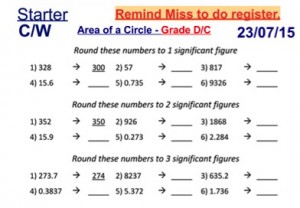
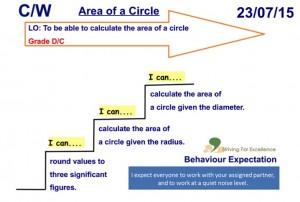

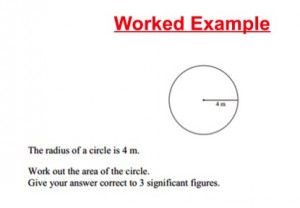

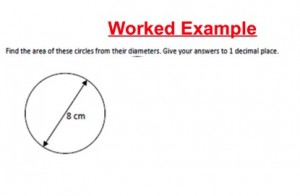


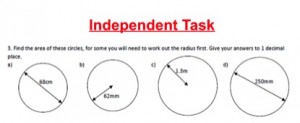
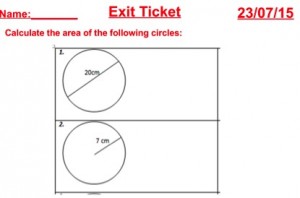
Recent Comments